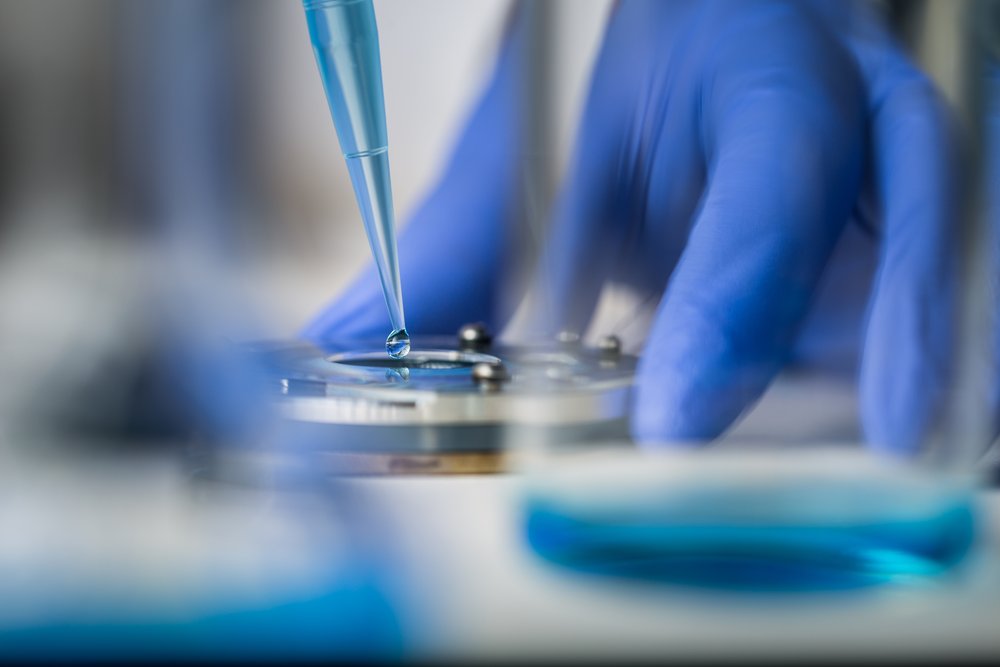Left: An electron microscope image showing dead Streptococcus mutans bacteria with the new photosensitive mouthwash stuck to their surface. Right: The light activator. Photos: Koite Health.The new method developed by Finnish researchers is based on dual-light photodynamic therapy. The method doesn’t interfere with friendly bacteria in the mouth, or cause bacterial resistance.Nearly every person in the world gets cavities in their teeth at some point in their lives, and about 70% of the world’s population experience varying degrees of gingivitis. According to the Health 2000 population survey, more than half of Finns aged 30 or over suffer from gum disease. Undetected oral and chronic infections can contribute to the occurrence of many serious diseases, including cardiovascular diseases, diabetes and lung cancer, and can increase the risk of premature delivery among expectant mothers.Regularly brushing teeth is the best way to prevent dental disease – but it’s not always enough. Microscopic plaque is often left behind after brushing the teeth.Koite Health, which was founded by researchers from Aalto University and Helsinki University Hospital (HUS), is launching a method intended for home use that kills the streptococcus mutans bacteria and the bacteria that cause gingivitis. The treatment has been scientifically proven to reduce the markers indicating early gingivitis and plaque formation.“Dental diseases are caused by the combined effect of the bacterial community, and streptococcus mutans plays a key role in dental caries. For plaque, mutans is a bit like the first violin that starts a concert. It adheres to the tooth first and opens the door for other bacteria,” says Researcher Tommi Pätilä, who is a cardiac surgeon at New Children’s Hospital.Treatment begins with a mouthwash containing a light-absorbing compound. The solution is rinsed around in the mouth for 30 seconds so the photosensitive substance contained in it sticks to the plaque. The substance is activated with a light activator placed between the teeth. Dual-light therapy is administered to the entire dental area for 10 minutes.“The photosensitive substance in the effervescent tablet adheres to the surface structures of the bacteria. Red light activates the substance and initiates a chain-reaction that kills the bacteria. Antibacterial blue light administered at the same time significantly enhances the effect,” explains Pätilä.Based on the studies, the treatment only affects the targetted bacteria, and the bacterial flora in the mouth remains diverse. Furthermore, dual-light therapy causes no bacterial resistance.The dual-light therapy was developed by Tommi Pätilä and Aalto University researcher Sakari Nikinmaa, who met when Nikinmaa and his team participated in the first hospital immersion period of the Biodesign Finland project. Biodesign Finland is based on the Biodesign concept developed at Stanford University, where interdisciplinary teams develop technology that can also be commercialised to solve medical problems.Dual-light therapy designed for home use will be launched for consumers in early 2020. Dentists are already familiar with light activated antibacterial methods in clinical use, but dual-light innovation boosts the efficacy significantly, and for the first time the method is provided for home use.Sakari Nikinmaa and Tommi Pätilä founded Koite Health in September 2018, following the Biodesign Finland project and a commercialisation project funded by Business Finland and Aalto University. The company now has four employees, and it has attracted €1 million in financing.The first research articles have been submitted for evaluation and the preliminary versions are available in the Biorxiv publication.Full press release on Aalto University’s websitePublished 13 February 2020
Health Capital Helsinki



